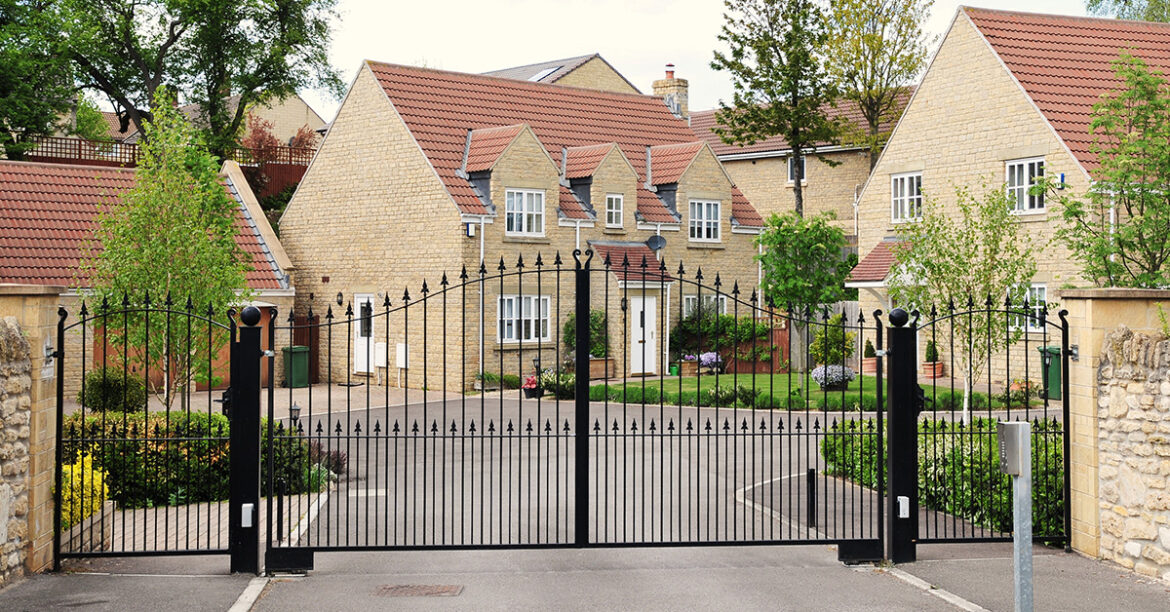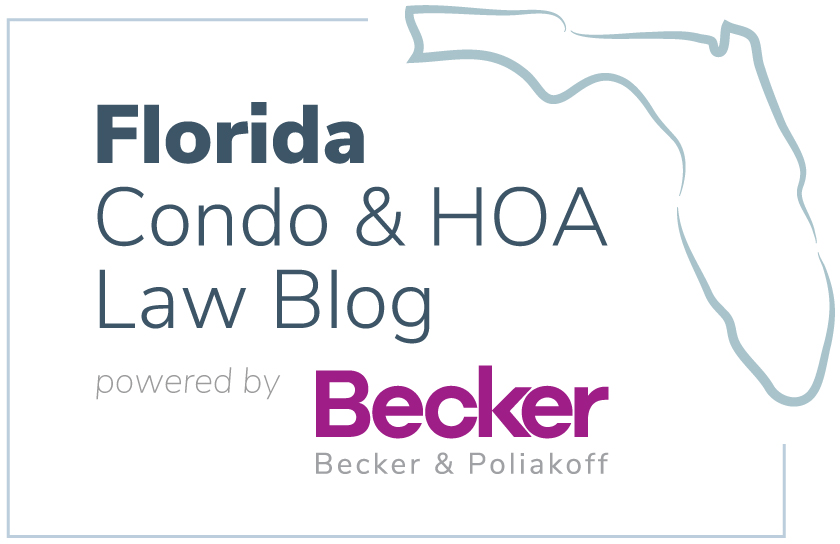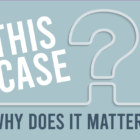
When a community has an entrance gate, it is almost inevitable that the association will at some point deal with the issue of whether it is responsible for damage to a vehicle which occurred when someone was entering or exiting the gate. The primary question to resolve in assessing liability in such a circumstance is determining the cause of the damage. The answer may not always be clear-cut, and the association needs to make sure that it is prepared for such an incident.
In the case where the gate closes on a vehicle which has piggy-backed behind another vehicle entering or exiting the community, the driver would most likely be responsible for damage to his/her vehicle. If the gate malfunctions, however, and the association is responsible for the operation, maintenance, and repair of the gate, the association may likely be responsible for damages absent mitigating circumstances such as tampering, faulty maintenance, or other factors beyond the association’s control.
If an association is not having its gate regularly checked and maintained, this is something it should highly consider doing. This is particularly the case if it has received reports of the gate malfunctioning. By ensuring that the gate is regularly maintained and in good working order the association lowers the chances of the gate malfunctioning in the first place, and potentially decreases its liability risks should an accident involving the gate occur.
Though not a guarantee, having a camera pointed at the gate entrance/exit may also be helpful in determining whether damage to a vehicle was the fault of the driver or a gate malfunction. In the case of a car piggy-backing another vehicle, this could be easily viewed on a camera, assuming the camera was operational, and that the footage was still available once the incident was reported to the association. Placing warning signs on the entrance and exit gates can also play a part in decreasing the potential liability risks of the association. Such signs, for instance, may warn that a gate is automatic and timed for only one vehicle. They may also warn that moving gates can cause serious injury or even death. Many of these signs are pre-made and are easily obtainable.
In the end, an association should discuss options with its insurance carrier and community association attorney to determine the most appropriate measures based upon the maintenance responsibilities of the association and the specific configuration and characteristics of the entrance/exit gates of the community.






Recent Comments